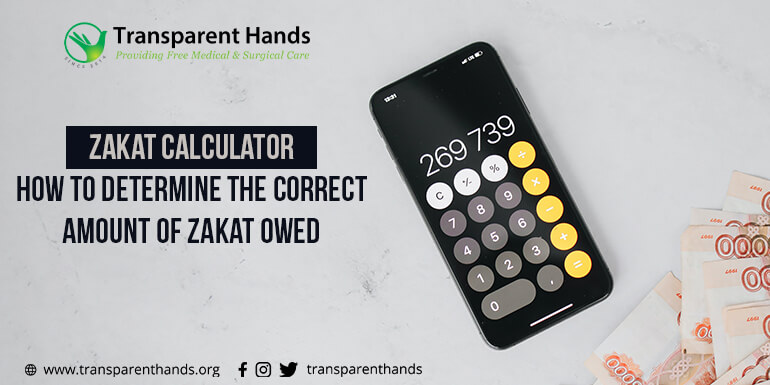How to Calculate the Correct Amount of Zakat?

Zakat is an obligatory religious duty for Muslims who meet the Nisab threshold. It is calculated as 2.5% of a person’s Zakatable assets and is payable annually. It is important to calculate the correct amount of Zakat owed to fulfill this religious obligation. In this article, we will discuss how to determine how much is owed. Please read until the end to learn about calculating Zakat on your assets.
Without further ado, let’s begin with the guide.
Identify All Zakatable Assets
The first step in calculating Zakat is to identify all Zakatable assets. These assets include cash, gold, silver, jewelry, stocks, rental income, and business inventory. It is important to identify all Zakatable assets to ensure that the correct amount of Zakat is calculated.
Calculate the Nisab Threshold
The Nisab threshold is the minimum amount of wealth that a person must have before Zakat becomes obligatory. The current Nisab threshold for gold is approximately 87.48 grams, and for silver, it is approximately 612.36 grams. Determine this threshold accurately to ensure that your assets are eligible and that you calculate the correct amount of Zakat you owe.
Deduct Outstanding Debts
Deducting outstanding debts from Zakatable assets is an important step in Zakat calculation. Outstanding debts include loans, mortgages, and credit card debt. Deduct outstanding debts accurately to ensure that the correct amount of Zakat is calculated.
Apply the Zakat Rate Rightly
The Zakat rate is 2.5% of all your assets eligible for Zakat. Apply this percentage only to Zakatable assets to ensure that the correct amount of Zakat is calculated.
Consider Zakat Paid Throughout the Year
Consider Zakat paid throughout the year to ensure that you calculate the correct amount of Zakat at the end of the year when you plan to pay anything you owe. If it has been paid throughout the year, deduct the amount from the total amount owed to ensure that the correct amount of Zakat is calculated.
Zakat Calculation Process
The calculation of Zakat is based on the value of an individual’s assets and their income over the course of a year. The percentage of the amount owed is 2.5% of the total value of assets and income that exceed a minimum threshold, known as Nisab. The nisab is equivalent to 87.48 grams and about 612.36 grams of silver.
To determine and calculate the correct amount of Zakat owed, one must calculate their total wealth and subtract any debts or expenses. The remaining amount is then multiplied by the Zakat rate of 2.5%.
One appropriate and effective way of calculating Zakat is using our Zakat calculator, and you’ll free yourself of all the inconvenience.
Common Mistakes to Avoid
There are several common mistakes that people make when calculating Zakat. These mistakes can result in either paying too little or too much Zakat.
- Forgetting to deduct outstanding debts and expenses from total wealth and income.
- Confusing the value of assets with income.
- Using the wrong nisab value.
- Including items that are not eligible for Zakat, such as personal residence, car, and household items.
- Failing to account for the Zakat already paid during the year.
It is important to avoid these mistakes to ensure that one fulfills their Zakat obligation correctly.
To conclude, making sure that you calculate the correct amount of Zakat is an important duty for all Muslims who have reached the minimum wealth threshold. By following the correct calculation method and avoiding common mistakes, one can ensure that they are fulfilling their Zakat obligation accurately. Please pay your Zakat to Transparent Hands to help us in our cause of providing free medical care, treatment, and surgeries to the underprivileged people of Pakistan.










Leave a Reply